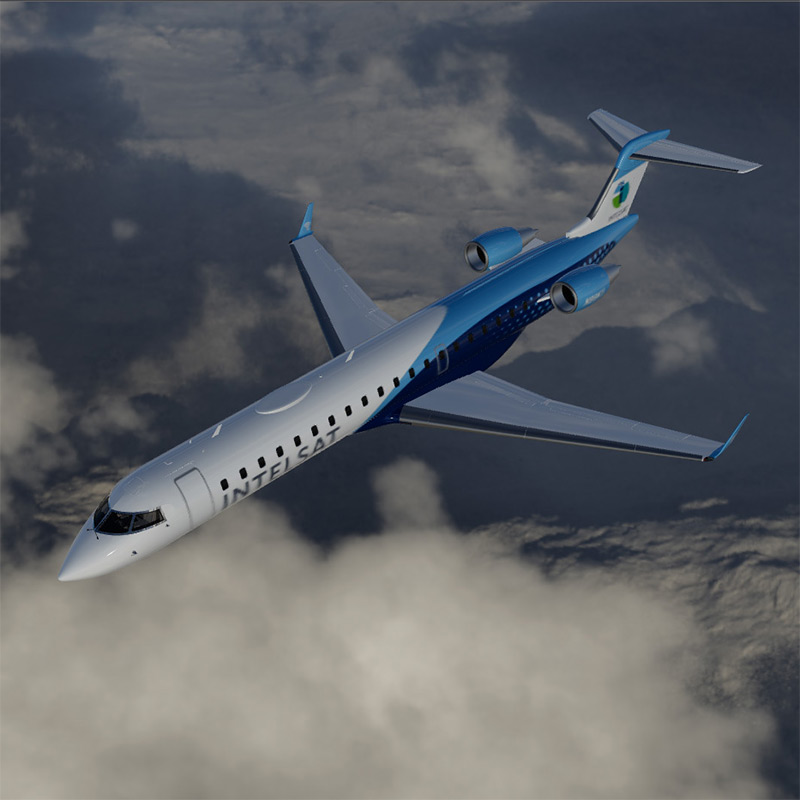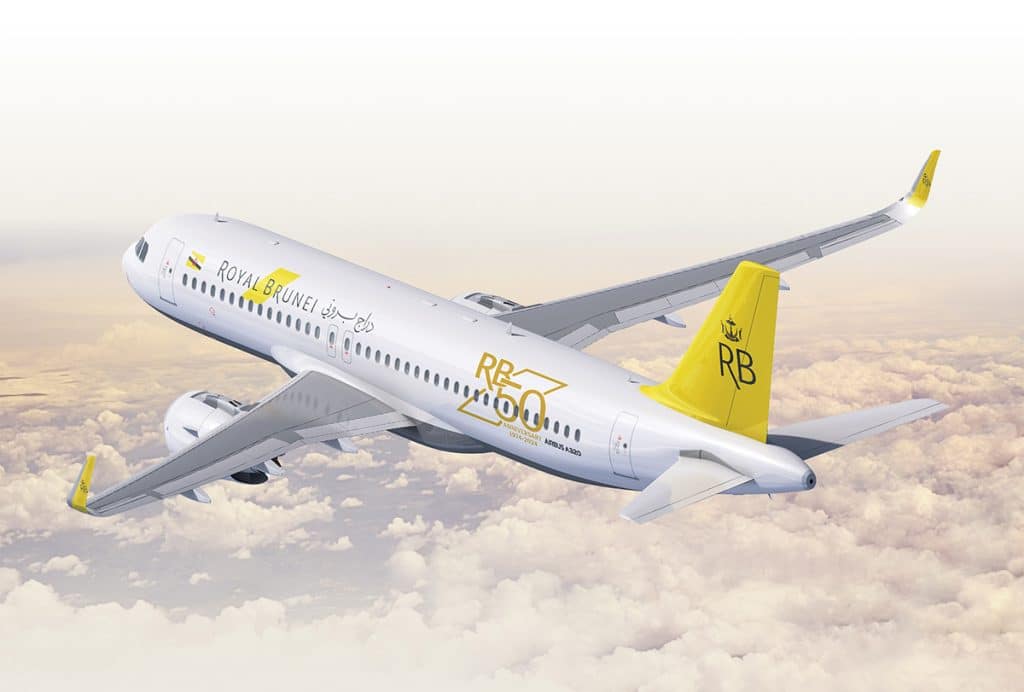“Smart Planes” of the Future
The Sky’s the Limit
Commercial air travel has been around for more than a century, and it’s come a long way since its humble beginnings. The first commercial flight in 1914 carried one passenger from St. Petersburg, FL to Tampa; today almost 900 million people fly commercially each year through the U.S. alone.1 The travel experience has come a long way as well. Airlines can now offer flyers an array of amenities that were unthinkable only a few decades prior – fully reclining seats, entertainment choices on a personal screen, access to regularly scheduled TV, even WiFi – just to name a few.
With all the advances we’ve already seen, it’s exciting to envision what the future of air travel may hold. As technology becomes more and more connected, so too does the airline industry, and that carries huge implications for what the “smart plane” of the future might look like.
Updating the Cabin
Increased connectivity has the potential to advance aircraft functionality across an array of areas. First, let’s look at how it might improve life in the cabin.
- Speed issue resolution: The smart plane of the future has the potential to smooth cabin operations and improve the customer experience in numerous ways, including issue resolution. If something isn’t functioning properly – a seat that won’t recline, for example – information can be shared automatically with crew on the ground, so they can prepare the fix at the next destination. Additionally, vouchers can be automatically sent to any inconvenienced passengers.
- Enhance service with wearables: Currently, passengers press a button for service and a signal is sent to a system that dispatches available crew. The connected crew of the future, however, could be outfitted with smart watches – or other wearables – that enable assignments to be sent directly to their wrists. With this connectivity, team members could be assigned tasks based on where they are on the plane and what they’re doing, which will optimize crew efficiency and speed service for customers.
- Improve cabin control: Advanced sensors are another possibility for the connected plane of the future. These tools could be employed to control temperatures at individual seats, adjust cabin humidity or smells, even predict when passengers will feel dehydrated, prompting crew members to proactively bring water. Sensor use, when applied appropriately, could help crew members stay more attuned to flyers’ needs and thus deliver a heightened experience.
Updating the Passenger Experience
Moving on, let’s think about how connectivity advancements in the coming years may affect the travel experience for passengers, both in and outside of the aircraft.
- Tracking baggage: Some flyers have already started using personal sensors to track baggage, and it’s a trend that will continue to grow. Passengers can track their luggage via a signal transmitted to their smart phones, giving them the power to know where their bags go after leaving their hands and the confidence to board flights knowing their luggage is safe in the cargo pit. As this technology continues to develop, the days of lost baggage could become a thing of the past.
- BYOD: As mobile device use becomes more and more ubiquitous, expectations for airline connectivity will continue to rise. Many travelers wouldn’t dream of boarding a flight without their smartphone or tablet, and as this trend continues to grow, airlines must adapt. The “smart plane” of the future may not even offer seat-back entertainment, but instead boast a turbo network that fuels possibly hundreds of smart devices on board.
- Offering a door-to-door experience: Connected airlines of the future will look beyond simply providing a “smart” inflight experience and aim at extending that service across the entire trip – from the moment you leave home to the moment you arrive at your destination. Improved connectivity across the entire travel experience could facilitate myriad advancements, including the ability to instantly update your transportation or hotel if a flight is running late, the ability to order food and have it waiting at the gate when you arrive or even the power to log requests with crew members before getting on board.
Finally, enhanced connectivity also has significant implications for operations in the cockpit. One example is improved insight into global weather systems. Connected planes of the future offer the promise of up-to-the-minute weather forecasts by facilitating communication between other planes in the sky and airports across the globe. With real-time data, an airline could build a fuller picture of weather patterns across geographies and instantly share that picture with its entire fleet – just one example of the myriad ways the cockpit will benefit by being better connected.
In our increasingly connected world, the possibilities are endless for the future of “smart” aircrafts – the above examples only scratch the surface! Air travel will continue to evolve and the travel experience will only improve.
1 2015 US based airline traffic data,” Bureau of Transportation Statistics, March 24, 2016






















